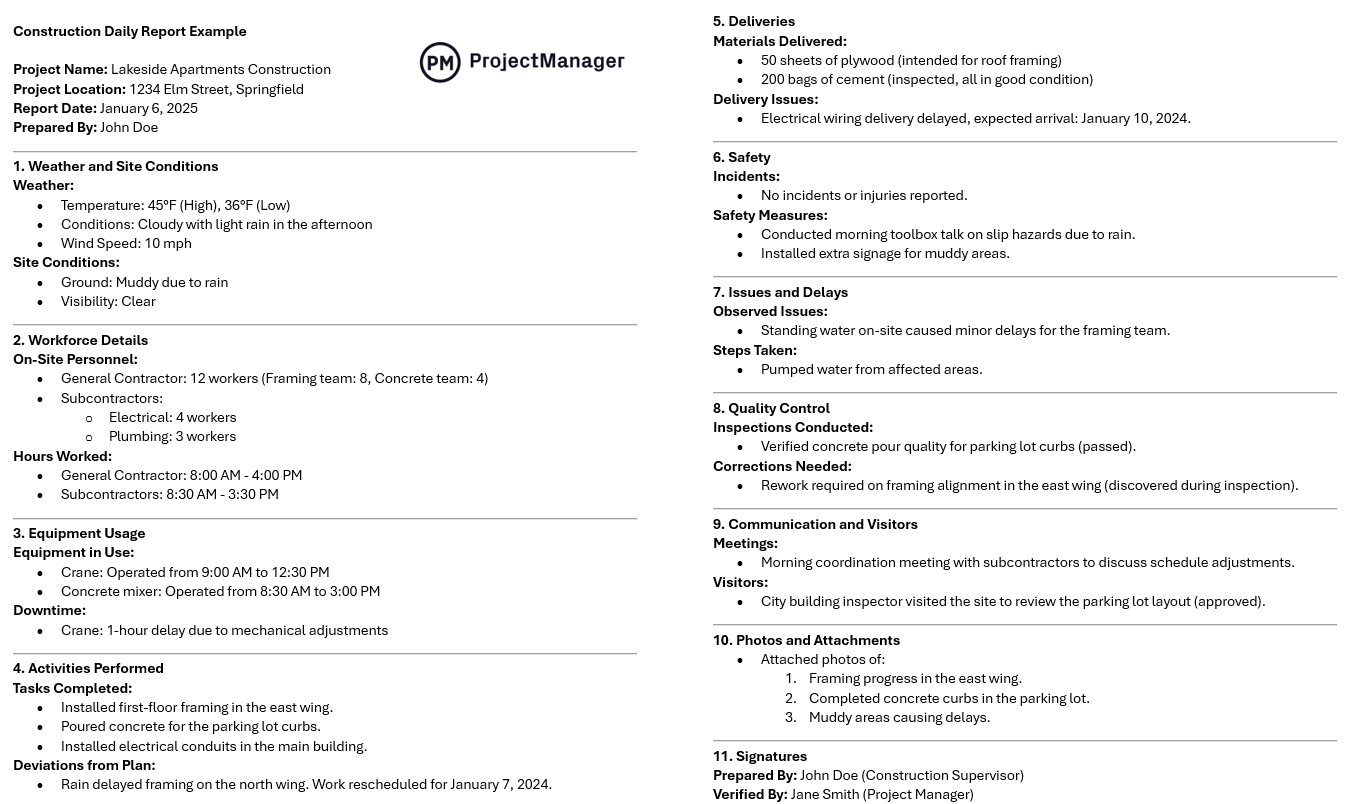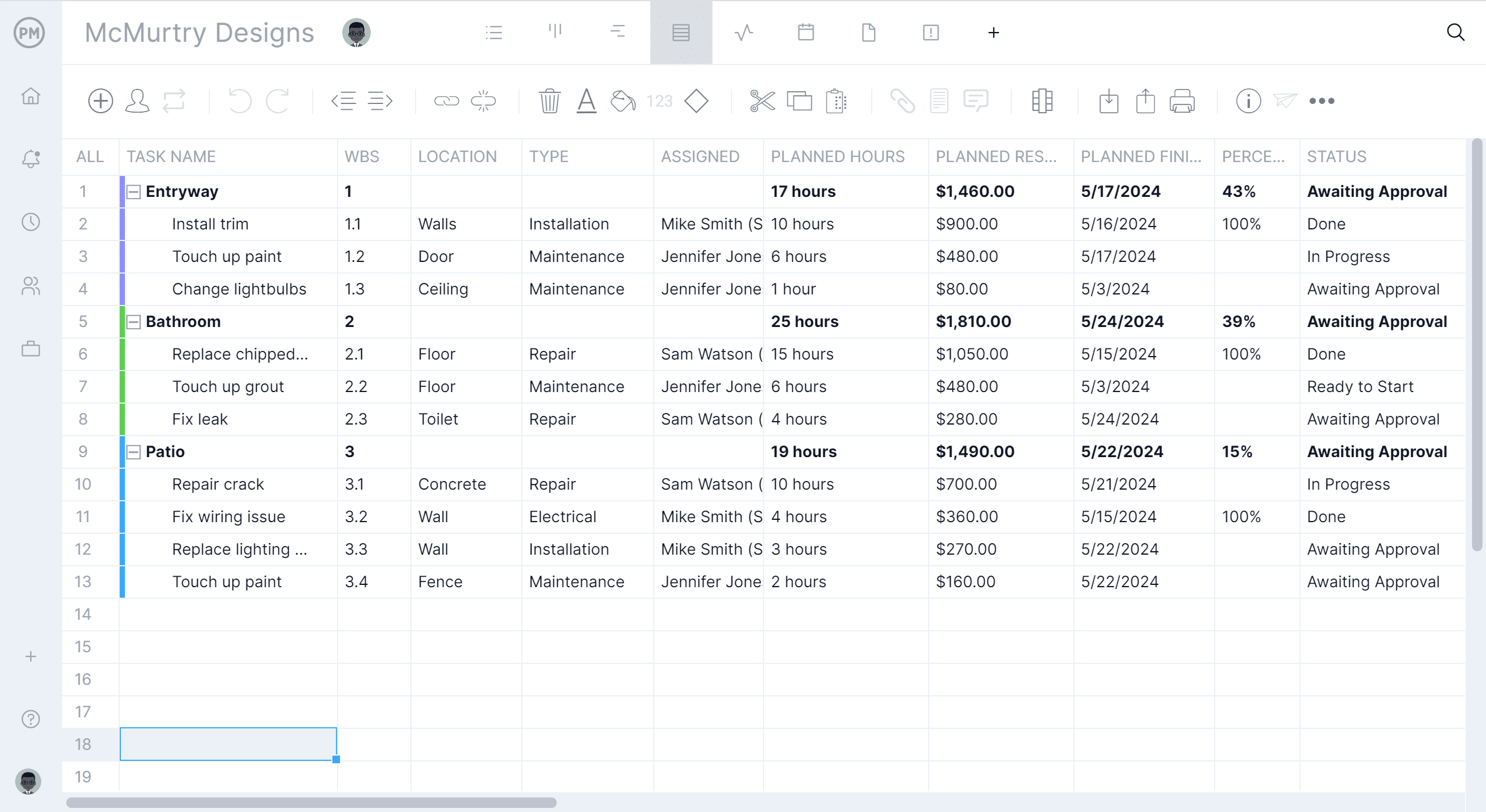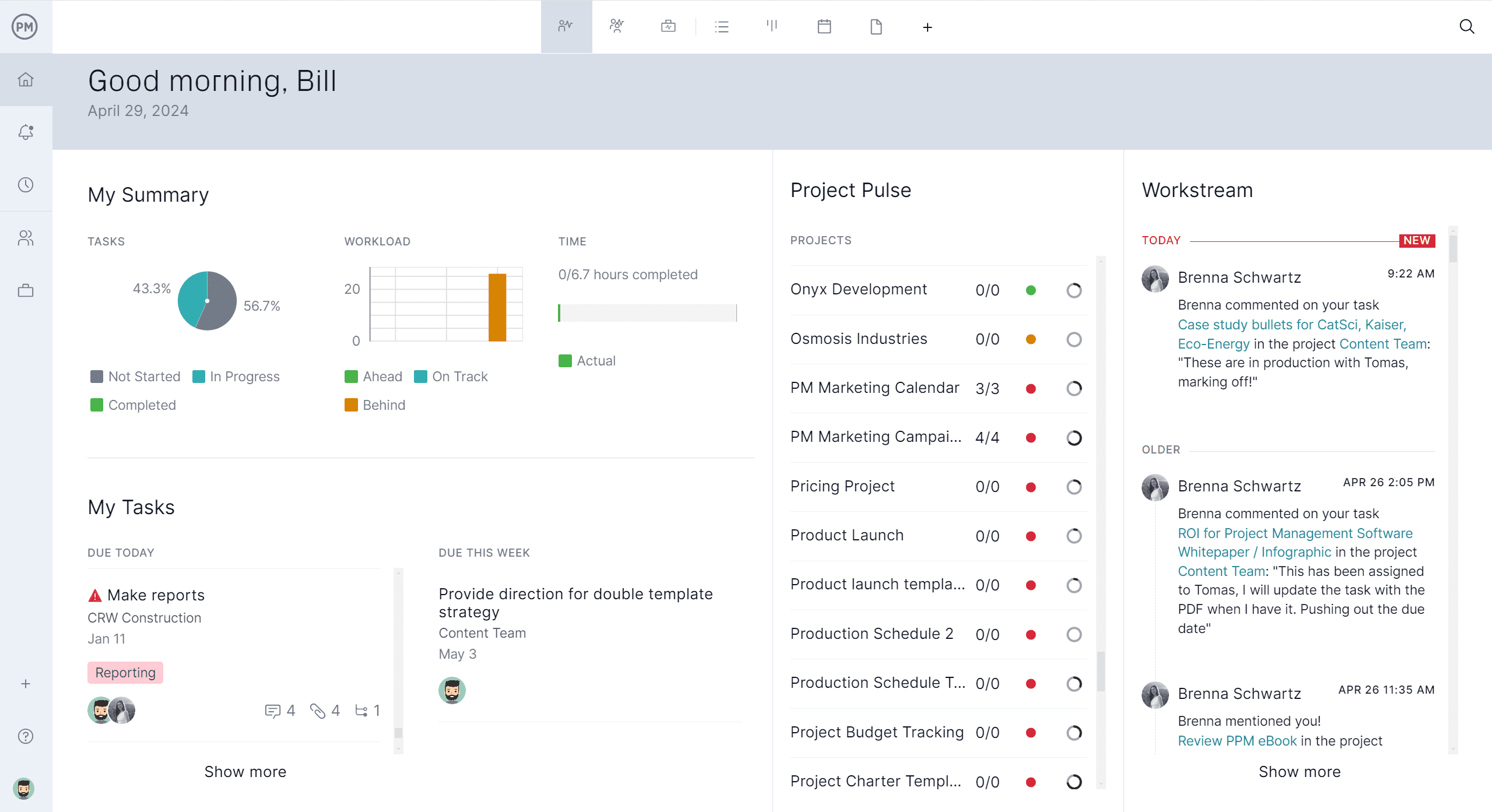In construction project management, a site office, also referred to as a construction office or field office, plays a critical role in coordinating all on-site activities. It serves as the central hub for communication, documentation, and supervision, helping to ensure smooth day-to-day operations of a construction jobsite.
What Is a Site Office?
A site office is a temporary facility on or near a construction site to manage the project’s field operations. It serves as a base for site managers, engineers and other staff responsible for daily oversight. The office supports administrative tasks, stores documents, facilitates meetings, and houses safety equipment. It ensures that site-based decisions and communications are well-coordinated and recorded.
Located directly on or near the construction site, the site office houses key personnel, such as the construction manager, foreman and safety officer. It’s also where plans, permits and progress reports are kept, making it essential for project control, safety compliance and real-time decision-making during construction.
A construction site office greatly benefits from using a Gantt chart. It provides a clear, visual timeline of tasks, phases and dependencies, helping site managers and crews understand what needs to happen, when and in what order. Gantt charts improve coordination between teams, subcontractors and deliveries by showing overlapping tasks and critical milestones.
This visibility helps prevent scheduling conflicts, ensures better resource allocation and supports on-time project delivery. For site offices managing day-to-day operations, a Gantt chart is essential for keeping everyone aligned and the build on track. But make sure you use the right Gantt chart. Not all of them are as feature-rich as ProjectManager’s Gantt chart.
Our Gantt chart is an award-winning construction project management tool that does more than schedule tasks, resources and costs. It links all four types of task dependencies to prevent cost overruns and identify bottlenecks quickly. It’s easy to filter for the critical path to see which tasks have zero slack. When a baseline is set, construction office managers can track progress and more in real time. Get started with ProjectManager today for free.
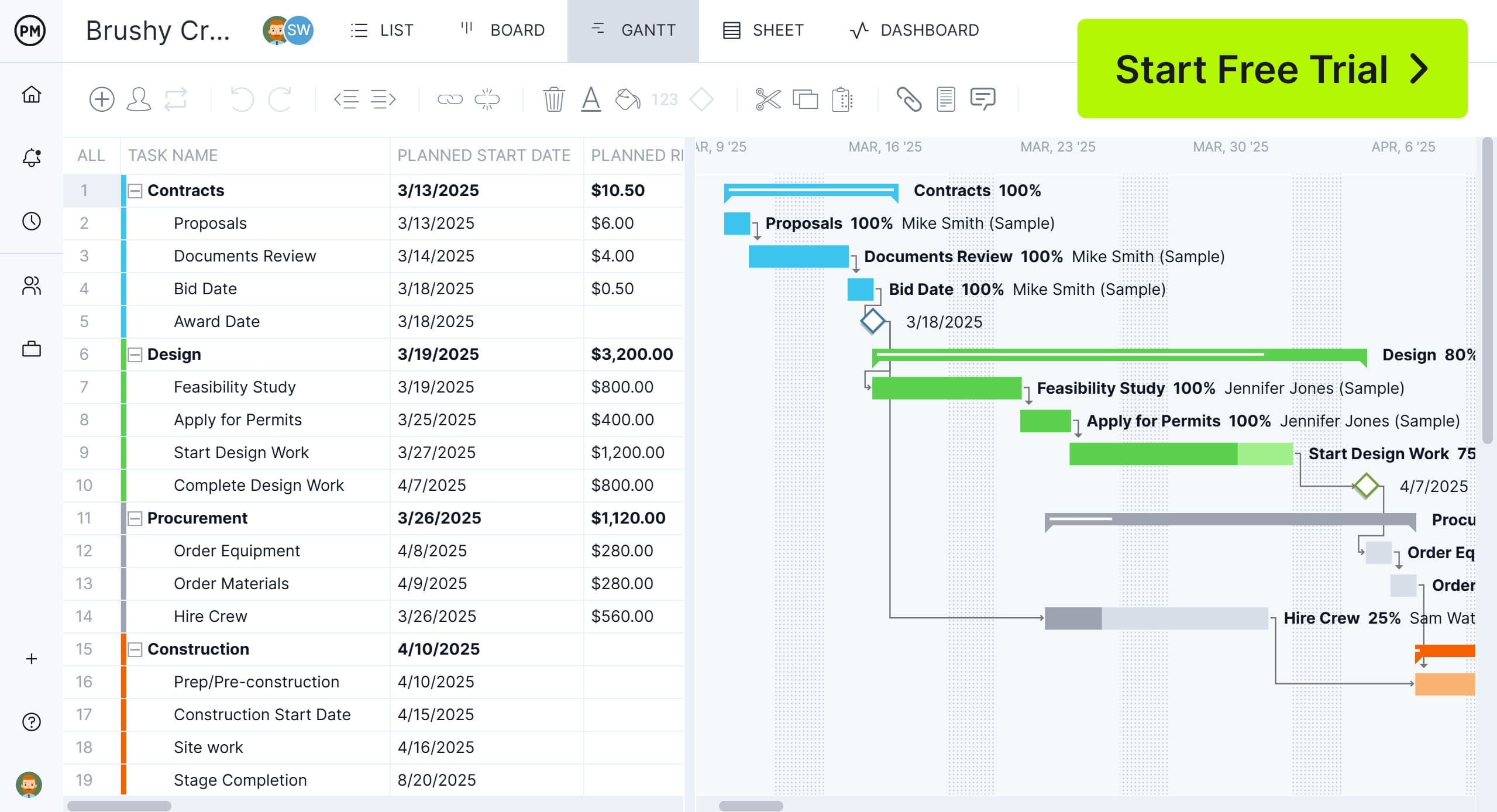
When Should a Site Office Be Established?
A site office should be established during the mobilization phase of the project, which occurs after the contract is awarded but before physical construction begins. This timing allows the contractor to coordinate logistics, manage early site activities and prepare for full-scale operations.
Setting up the office early ensures that essential documentation, safety procedures and team communication are in place from day one. It also provides a secure and centralized location for site meetings, workforce coordination and project reporting throughout the construction lifecycle.
Functions and Responsibilities of a Site Office
The site office is vital in keeping a construction project organized and on track. It supports day-to-day management by providing a space for planning, supervision and communication. Below are some key functions and responsibilities typically handled within a construction office environment.
Project Coordination and Communication
One of the primary functions of a site office is facilitating project coordination and communication. This involves organizing regular meetings, issuing updates and ensuring effective information flow between all parties. The construction manager, project engineer and foreman typically work together to relay progress updates, resolve issues and keep subcontractors aligned with the schedule and goals.
These team members rely on the construction office to streamline discussions, share updates from the head office and coordinate efforts between trades. With constant on-site collaboration, the office becomes the nerve center of communication.
Document and Records Management
A critical responsibility of the site office is managing documentation and records for the entire construction project. This includes handling technical drawings, permits, inspection reports, timesheets, material delivery logs and safety documentation.
Related: 32 Construction Documents (Templates Included)
The project administrator or document controller ensures these files are properly filed, updated and easily accessible to authorized personnel. Up-to-date construction drawings are available for reference to ensure that work aligns with design specifications. Safety records, including toolbox talk logs and incident reports, are also stored in the site office for compliance tracking. Additionally, correspondence with stakeholders, subcontractor agreements and daily field reports are maintained to support progress reviews, dispute resolution and contract administration.
Project Monitoring and Reporting
The site office plays a key role in project monitoring and reporting by tracking progress and documenting site activities. Daily reports, weekly progress summaries and milestone completion records are maintained to assess schedule performance. Other key documents include inspection logs, photo documentation and site diaries. Below is an example of a construction daily report.
These reports help the construction manager and project engineer evaluate productivity, identify delays and maintain accountability. The data also supports communication with the client, helping to verify progress and justify change orders. By managing these reports on-site, the team ensures transparency and informed decision-making throughout the construction project lifecycle.
Related: Construction Reporting: Types of Construction Reports
Material and Equipment Management
The site office is responsible for organizing and tracking materials and equipment used on-site. Key documentation includes delivery receipts, inventory logs, equipment usage records and material request forms. These documents ensure the timely availability of materials, reduce waste and prevent delays.
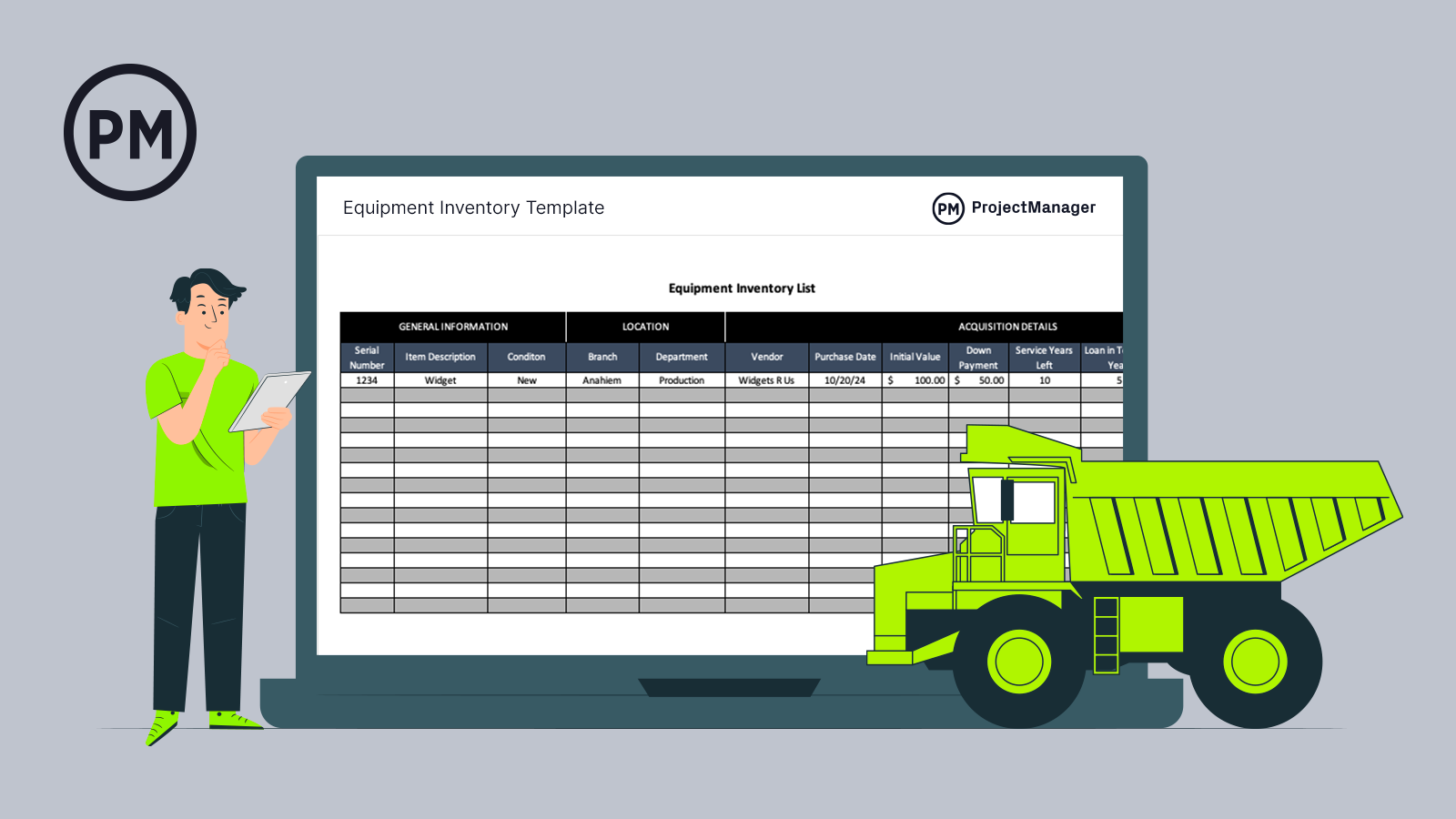
Get your free
Equipment Inventory Template
Use this free Equipment Inventory Template to manage your projects better.
The procurement coordinator and foreman typically collaborate to log deliveries, monitor storage and confirm usage aligns with the construction schedule. Accurate recordkeeping supports inventory control and helps resolve issues like shortages or damaged items. These records are essential for cost tracking, verifying supplier performance and maintaining smooth site operations from mobilization to final handover.
Workforce Management
Workforce management is a crucial site office responsibility, ensuring that labor resources are tracked and effectively utilized. The office maintains documentation such as daily attendance sheets, labor allocation records, subcontractor time logs and worker certifications. These records help monitor productivity, ensure compliance with labor laws and confirm that only qualified personnel perform specific tasks.
Related: Free Timesheet Template for Excel
The foreman, safety manager and project administrator often collaborate to update workforce rosters and verify site access credentials. Accurate documentation also supports payroll processing, workforce forecasting and reporting on labor-related costs. Effective workforce tracking helps maintain project efficiency and minimize scheduling conflicts or safety risks.
Permit and Compliance Oversight
The site office is responsible for managing permits and ensuring ongoing regulatory compliance throughout the project. Key documentation includes building permits, environmental permits, safety compliance records, inspection approvals and notices of violation or correction. These documents are stored, updated and made accessible for audits or spot checks.
The safety manager and project administrator often coordinate with local authorities to confirm that all required authorizations are obtained and up to date. Tracking permit expiration dates, inspection schedules and compliance checklists helps avoid delays, penalties and work stoppages while keeping the project aligned with legal and contractual obligations.
Site Supervision Support
Site supervision support involves close collaboration between the site office and field personnel to ensure construction activities follow plans, schedules and safety protocols. The construction manager, foreman and project engineer coordinate through the field office to manage inspections, resolve issues and allocate resources.
This support allows for quick decision-making, quality control and immediate responses to unforeseen site conditions. By acting as a logistical and administrative base, the construction office empowers on-site supervisors to maintain work continuity, address risks and ensure alignment with overall project objectives.
Who Takes Part in a Site Office?
Several key roles operate within or in close coordination with the site office. These individuals manage on-site operations, documentation, workforce coordination and communication with project stakeholders. Below are some essential roles that typically make up a construction project’s field office team.
Construction Manager
The construction manager leads all on-site activities and ensures the project is executed according to scope, schedule and budget. From the site office, they coordinate subcontractors, oversee progress, manage resources and address issues. They act as the central point of contact for daily decision-making and client updates related to site operations.
Project Administrator
The project administrator manages all administrative functions in the field office, including filing, scheduling, correspondence and recordkeeping. They maintain permits, daily reports and communication logs while supporting the team with document control. Their role ensures that site operations run smoothly and that essential paperwork is organized and accessible.
Site Engineer
The site engineer ensures that construction work follows technical specifications and project plans. Operating from the site office, they review drawings, oversee layout, coordinate inspections and resolve design-related issues. They work closely with the foreman and construction manager to provide technical guidance and ensure work aligns with engineering standards.
Construction Foreman
The construction foreman supervises daily work on the ground and ensures that crews perform tasks according to plan. From the site office, they review schedules, assign tasks, track labor hours and report field conditions. They act as the bridge between the workforce and management, supporting execution and communication.
Quantity Surveyor
The quantity surveyor monitors project costs, measurements and material quantities from the site office. They prepare valuations, assess subcontractor payments and manage change orders. By maintaining cost control documents, takeoffs and progress tracking sheets, they help ensure the project stays within budget while verifying that completed work aligns with contractual terms and quantities.
Health and Safety Manager
The health and safety manager ensures compliance with all safety regulations within the site office. They maintain safety documentation, perform audits, coordinate toolbox talks and investigate incidents. Working closely with the construction manager and foreman, they help enforce safe practices, manage emergency procedures and track inspections to reduce risks across the site.
Construction Scheduler
The construction scheduler manages the project timeline using scheduling software and daily reports kept in the site office. They track task durations, identify delays and update the baseline program as needed. Their insights support planning decisions and help coordinate subcontractors, ensuring that resources are used efficiently and milestones are achieved on time.
Related: 18 Best Construction Scheduling Software of 2025
Construction Cost Estimator
The construction cost estimator reviews actual site progress and updates cost projections accordingly. From the site office, they analyze changes, verify unit prices and assess potential overruns. They work with the quantity surveyor and project administrator to maintain budget reports, cost breakdowns and financial documentation that support accurate forecasting and informed decisions.
Procurement Coordinator
The procurement coordinator manages the ordering and delivery of materials, equipment and supplies from the site office. They track purchase orders, verify deliveries and resolve logistical issues. By maintaining procurement logs, supplier communication records and inventory sheets, they help ensure that resources arrive on time and align with project specifications and schedule.
Free Construction Project Management Templates for Site Offices
Construction project management software is superior to templates, but for those not ready to upgrade, we have over 100 free project management templates for Excel and Word that can be downloaded immediately. They cover all aspects of managing a project. Below are just a few examples that can help in construction.
Construction Daily Report Template
Download this free construction daily report template to record the day-to-day activities, progress, labor, equipment usage, weather conditions and any issues or delays on a construction site. It helps project managers, site supervisors and stakeholders maintain clear and consistent communication, track project performance and create a reliable record for compliance, safety, and billing purposes. By using a daily report template, teams can ensure accountability, document jobsite activity in real time and quickly identify problems that may impact the schedule or budget.
Construction Budget Template
Use this free construction budget template to estimate, plan and track all costs associated with a construction project. It includes categories for labor, materials, equipment and more. This template helps project managers allocate resources efficiently, monitor actual spending against the forecasted budget and ensure financial control throughout the project. By providing a clear breakdown of expenses, a construction budget template supports better decision-making, reduces the risk of cost overruns and keeps the project financially on track.
Construction Change Order Form Template
This free construction change order form template is used to formally record and authorize changes to the original construction contract, such as modifications to the scope of work, materials, costs or project timeline. It includes details like the description of the change, reason for the change, cost impact, schedule adjustment and approval signatures from all relevant parties. This template helps ensure clear communication, legal protection, and proper documentation of changes, reducing disputes and keeping the project aligned with updated expectations.
How ProjectManager Can Help Your Site Office Run Successful Projects
We don’t recommend using static templates to run a dynamic construction office. ProjectManager is better than templates, with real-time updates, automation and resource management tools. They help run a construction site office by providing clear, real-time visibility into crew assignments and capacity. Our availability feature ensures that team members are only scheduled when they’re actually on-site or not otherwise booked, preventing conflicts.
Color-coded workload charts instantly show who is over- or under-assigned, allowing site managers to balance labor and adjust task distribution efficiently. The team page centralizes all personnel details, making it easy to view roles, assignments and contact info, which streamlines coordination and decision-making. Together, these tools keep the site office organized, responsive and aligned with the project schedule.
Manage Work With Multiple Construction Project Management Views
ProjectManager’s multiple project views—Gantt chart, task list, kanban board, sheet view and calendar—help run a construction site office by giving teams the flexibility to manage work in the format that suits their roles while keeping everyone aligned. The Gantt chart provides a high-level overview of the project timeline and dependencies, ideal for planning and tracking progress.
The task list breaks down daily responsibilities for field crews, while the kanban board supports workflow management and visual task tracking. The calendar view helps monitor upcoming milestones and inspections. Since all views sync in real time, the site office can coordinate schedules, monitor task progress and respond quickly to changes without losing sight of the bigger picture.
Get Real-Time Tracking With Construction Project Dashboards and Reports
ProjectManager’s real-time dashboards, secure timesheets, and customizable reports help run a construction site office by providing instant visibility, accurate time tracking and data-driven decision-making. The real-time project and portfolio dashboards display live updates on task progress, resource allocation and schedule performance, allowing site managers to spot issues and adjust quickly.
Secure timesheets ensure that crew hours are accurately logged and approved, supporting payroll, compliance and cost tracking. Meanwhile, customizable reports allow the office to generate tailored insights on productivity, budget status and project milestones for stakeholders. This streamlines site operations, improves accountability and helps to keep the project on time and within budget.
Related Construction Project Management Content
A site office is an important part of the larger construction project management whole. For those who want to read more on this subject, follow the links below. They lead to recently published articles on construction management process, phases, documentation and more.
- Construction Management: Process, Key Areas and Roles
- 20 Free Excel Construction Templates
- Construction Phases: Documentation, Templates & Steps
- 32 Construction Documents (Templates Included)
- Construction Reporting: Types of Construction Reports
- 14 Types of Construction Contracts: Pros, Cons & Best Practices
ProjectManager is online construction project and portfolio management software that connects teams whether they’re in the office or on the job site. They can share files, comment on the task level and stay updated with email and in-app notifications. Join teams at Avis, Nestle and Siemens who use our software to deliver successful projects. Get started with ProjectManager today for free.
The post What Is a Site Office in Construction Project Management? appeared first on ProjectManager.

